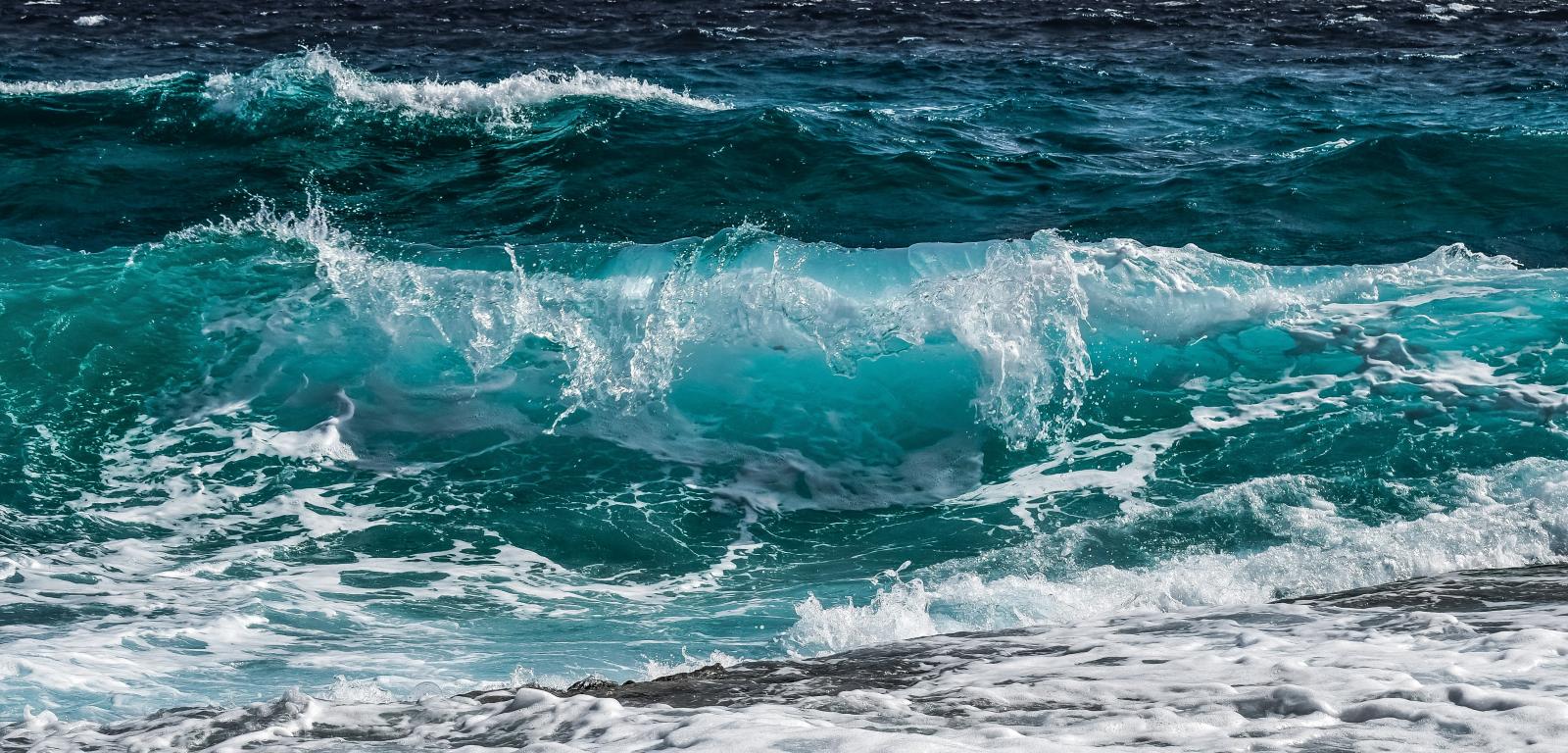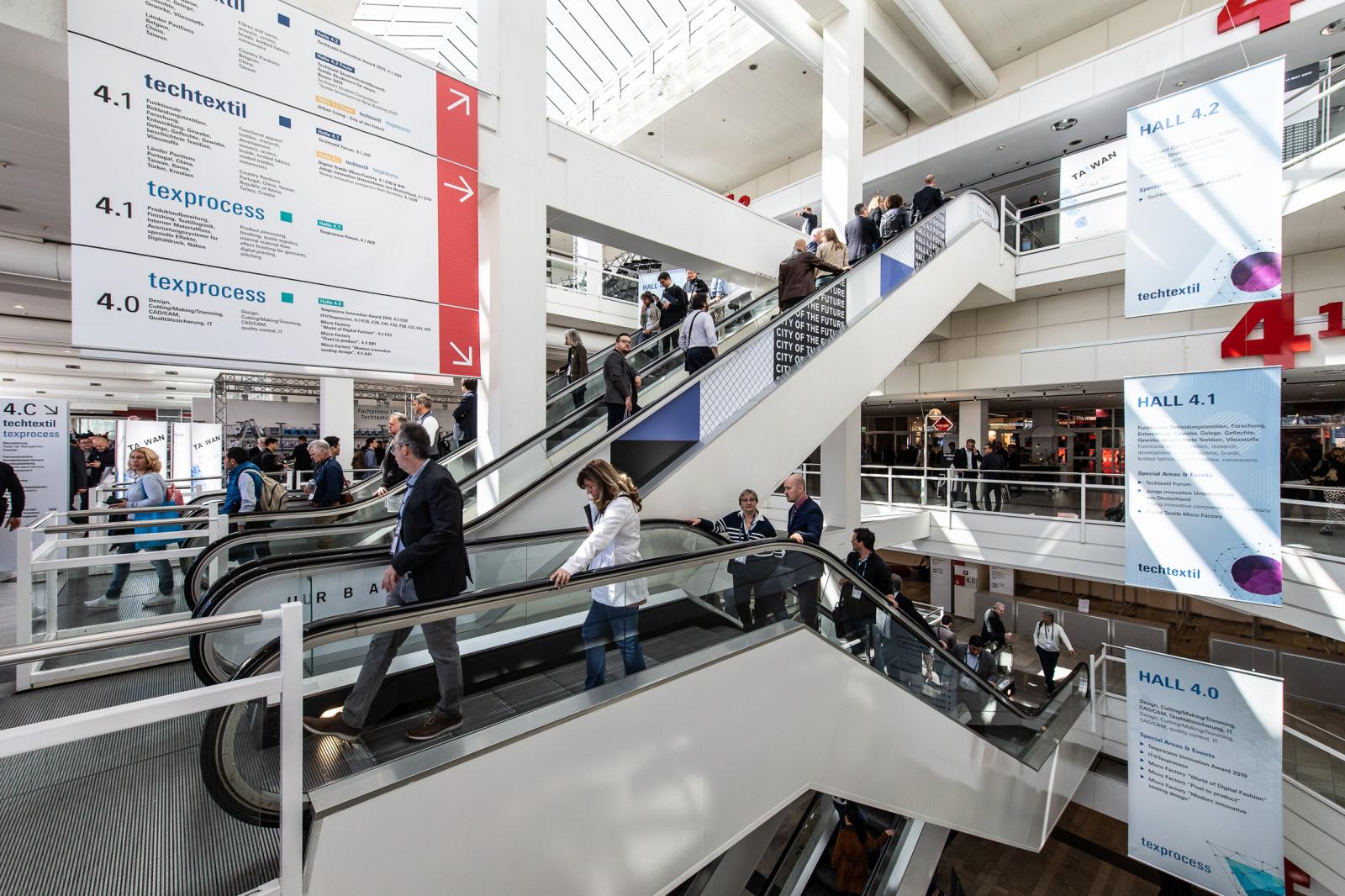High-tech membrane turns salty into sweet
- Microporous polymer membranes as source of hope
Water is commonplace. And yet many of its amazing properties, which are crucial for the emergence and maintenance of life, are still not properly understood. The interdisciplinary Centre for Molecular Water Science (CMWS) at DESY (Deutsches Elektronen-Synchrotron) aims to change this.
Streams splash, waves roar, rain pelts, the bathroom tap drips. Water is a faithful companion; as a grandiose spectacle of nature, as the basis of all life, or even as a damp nuisance. In the eyes of science, however, H2O remains a mystery. Although it consists of only three atoms – two hydrogen, one oxygen – this simple constellation results in unusual properties:
Instead of whizzing around the room in gaseous form at room temperature like other comparable substances, water remains liquid in drinking cups and flower vases. Instead of becoming more viscous under high pressure, water becomes thin. Instead of sinking into the depths, icebergs float majestically across the polar seas. And without the water's own capillary forces, plants would not be able to supply themselves with nutrients.
Science now counts more than 50 of these water anomalies that are essential to our existence. "If water weren't so strange, we wouldn't exist," says Anders Nilsson from Stockholm University, one of the world's most renowned water researchers. Yet few of these anomalies are well understood and much basic research is still needed to unravel the properties and interactions of water molecules.
Water has its greatest density at a temperature of 4° Celsius. That is why water sinks downwards at this temperature. For water with temperatures above or below 4 degrees Celsius, the density decreases again - it expands and rises upwards. Even in the frozen state, water expands: For example, water that is 4 degrees warm can be found at the bottom of a lake, while the lake freezes over from above. This is also the reason why icebergs float on the surface of the water in the ocean. This unusual property of water is called "density anomaly".
This research is to be bundled in a new, globally unique centre: Together with partners from all over Europe, DESY is planning to build the Centre for Molecular Water Science, or CMWS for short. It will shed light on the topic from a wide variety of disciplines: Physics, biophysics, medicine, climate research, astrochemistry, environmental technology.
CMWS will also further develop technologies that meet our most basic need when it comes to water: To drink it. According to UNICEF, 2.2 billion people worldwide do not have regular access to clean water. That is why research is being done worldwide on technologies that could improve the situation. One source of hope is microporous polymer membranes. They can be used to remove even the most finely dispersed and dissolved pollutants from water. And they can desalinate seawater without having to heat it to 100 degrees.
Volkan Filiz's department at the Helmholtz Centre Hereon in Geesthacht is investigating such membranes. In principle, they function like a sieve and a magnet at the same time: "When we use them to filter polluted water, bacteria and viruses are held back due to their size while the water slips through," Filiz explains. "In addition, we can functionalize the membrane with quaternary ammonium compounds that bind pollutants such as heavy metals. Some heavy metals like arsenic and chromium are always negatively charged in water. That's why we make sure the membrane is positively charged and holds on to these pollutants through interactions." For many pollutants in water, the right materials and pore sizes are known to filter them out. Polymer membranes can also be used to effectively rid water of oil by using oil-repellent materials.
Membranes for the treatment of salt water into drinking water are not porous. They are as dense as cling film, but still contain nanometer-sized gaps through which the small water molecules fit, whereas salts do not. "However, you have to press the water through the membrane with a lot of pressure," admits Filz. Nevertheless, the energy input is lower than with conventional seawater desalination, for which the water is distilled with heat and the water vapor is collected. "Currently we are looking for the most energy-efficient combination of membrane and distillation processes." This so-called membrane distillation then works in principle like a Gore Tex jacket: It does not let water through, but the water vapor produced by heat does.
One of the main reasons why such membranes have not long since become established worldwide is their short shelf life. Wherever they are used as water filters, a biofilm forms over time that breaks them down. "Reducing this so-called fouling is one of our most important fields of research," says Filiz. The aim is to increase the service life of the membrane and thus improve its economic efficiency. Great hopes are pinned on polydopamine here. This is the natural adhesive with which mussels strongly adhere to rocks under water. Applied to a membrane, it has a hydrophilic effect; it interacts readily with water but repels foreign matter.
In order to develop optimal filters for a wide variety of purposes, researchers need to understand the interfacial effects between the polymers and the water in detail. This requires, not least, investigations at the atomic level, which the large-scale research facilities of the Helmholtz Association can provide. The CMWS Water Centre will bundle this research, attract water experts from all over the world and network them with each other. "Water is one of the key topics for the future," says Anders Nilsson. "The centre will enable us to decisively deepen our knowledge of it."
Helmholtz Membrane water polymer Centre for Molecular Water Science CMWS Deutsches Elektronen-Synchrotron DESY
Frank Grotelüschen / Jan Berndorff – Helmholtz Association



